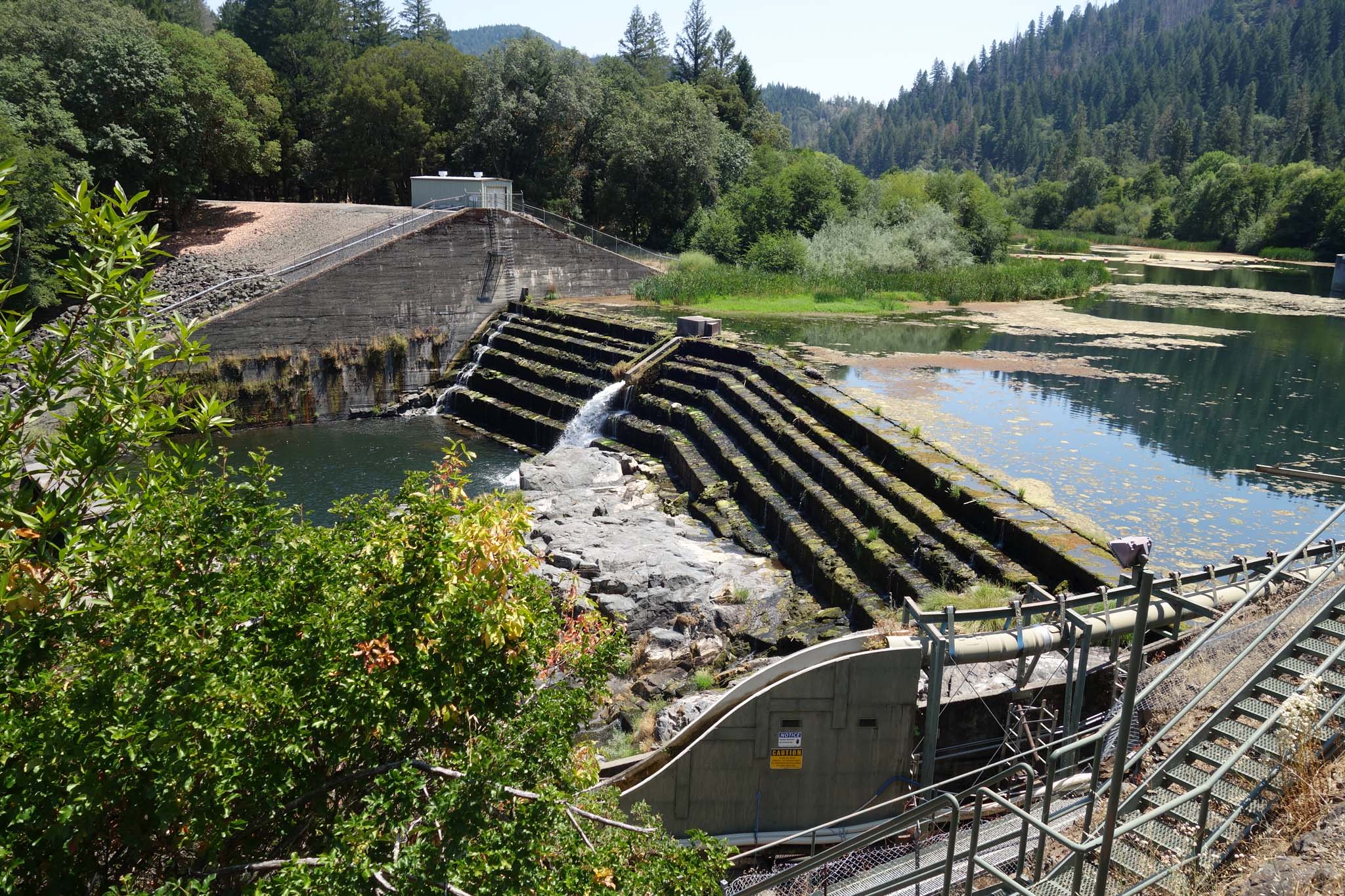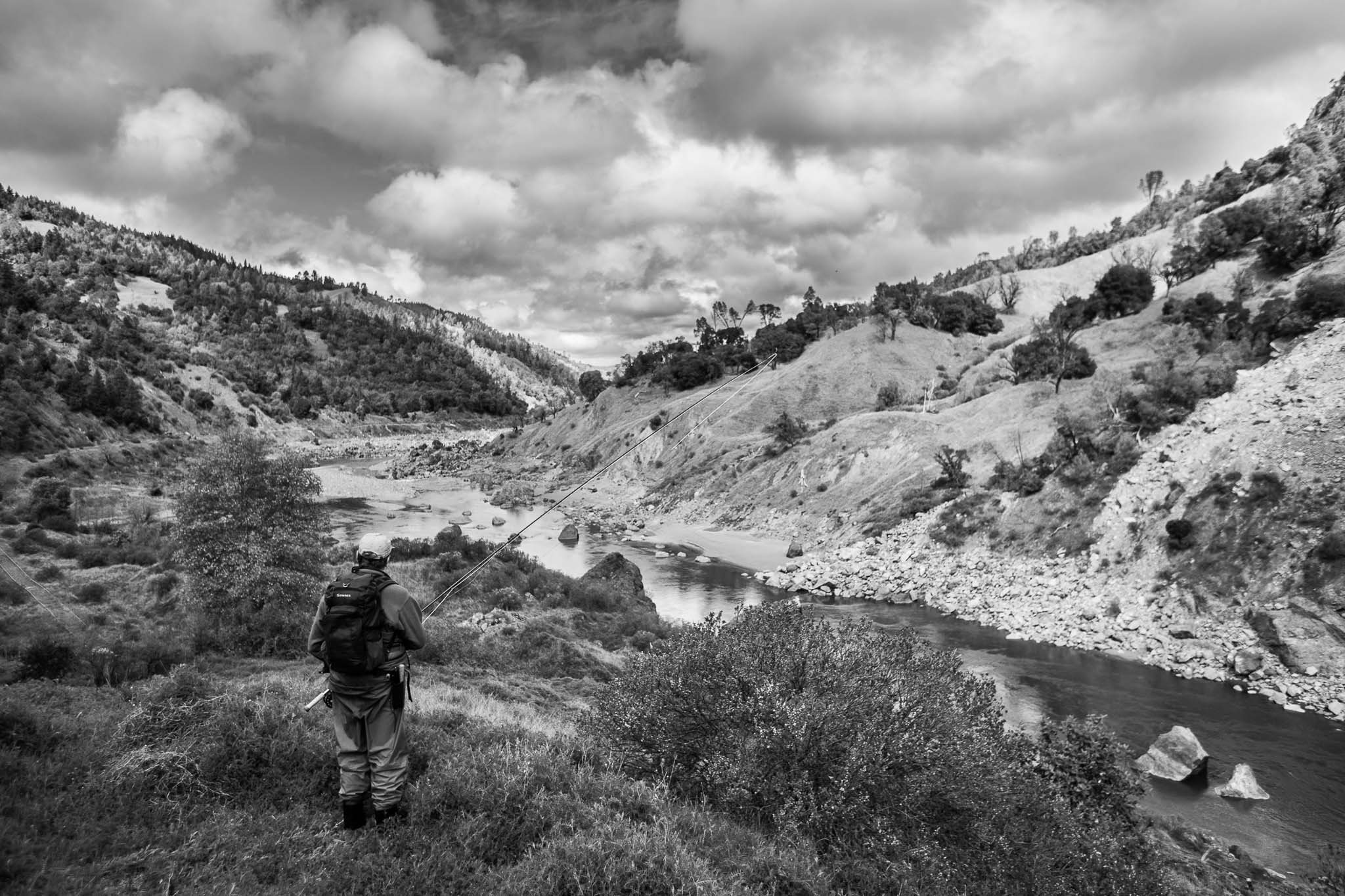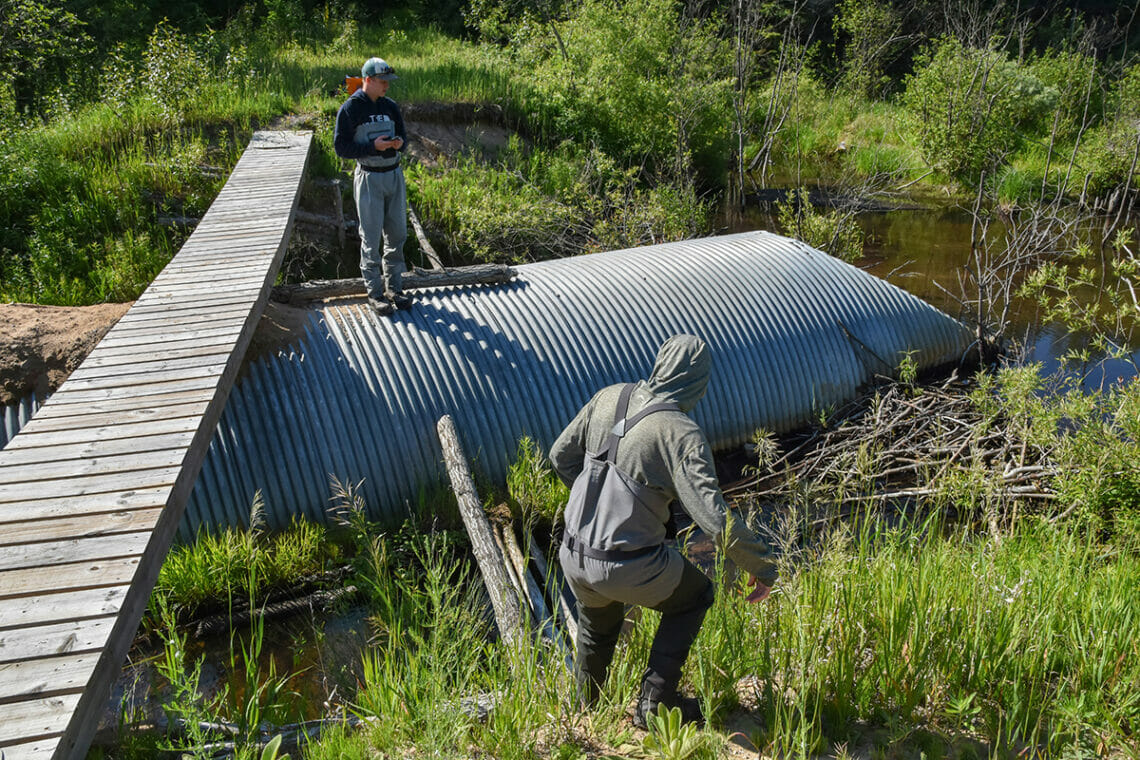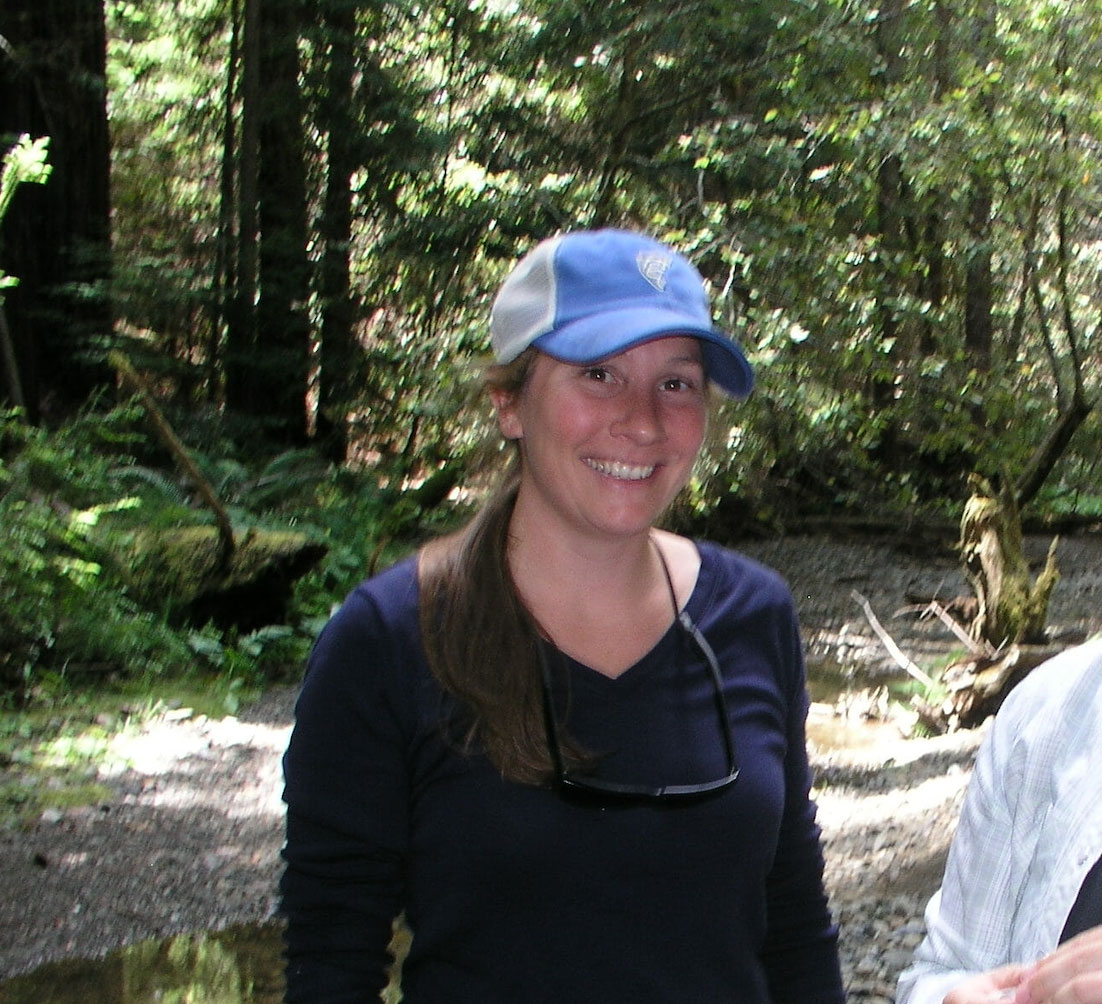South Fork Trinity River. (Trout Unlimited)
North Coast California

Overview
California’s North Coast hosts famous salmon and steelhead waters such as the Klamath, Eel, Russian, Trinity, and Smith Rivers. This region is a mix of rugged public lands, private timber lands, and tribal lands. It is the heart of what is now California’s largest coho salmon habitat restoration program: Trout Unlimited’s North Coast Coho and Steelhead Project. North Coast Coho are endangered, but our work to remove fish passage barriers, upgrade or decommission forest roads, improve water quality and habitat and stream function is paving the way for recovery. Since 1998, the project has removed 14 major fish barriers, reconnecting 70 miles of stream; upgraded or decommissioned 1,441 road-stream crossings and treated 569 miles of roads, keeping 71,000 dump trucks worth of sediment out of streams; and placed over 7,500 pieces of large wood in 130 miles of stream. In the Russian River watershed, TU’s California Water Program is reconnecting and improving dry season flow in priority coho and steelhead streams by removing barriers, creating innovative water supply solutions for landowners, and enhancing water quality monitoring and planning.
Eel River: Removing Two Major Dams, Restoring 30 Sites

Cape Horn Dam on the Eel River. (Matt Clifford/Trout Unlimited)
The Eel River, California’s third largest watershed, historically boasted some of the state’s most prolific salmon and steelhead runs, but these stocks have been reduced dramatically. A major factor in their decline was the construction of the two dams of the Potter Valley Project. The hydropower license for the project has expired, and its owner, PG&E, now plans to decommission it. TU is working with tribes and conservation partners to remove the two dams as quickly as possible. On the restoration front, TU has completed or initiated more than $9.6 million in projects in the Eel watershed. These 30 projects have involved improving 151 miles of rural roads, preventing 32,000 dump trucks worth of sediment from entering streams; installing 63 large wood structures; and removing a pair of high-priority fish passage barriers, restoring access to over 47 miles of coldwater habitat.
Floodplain Habitat Restoration for Salmon and Steelhead

Getting to work on the North Coast. (Trout Unlimited)
TU’s North Coast Coho Project completed a three-year project to restore floodplain habitat connectivity in Lawrence Creek, a tributary to the Van Duzen River – itself a major tributary to the Eel River and one of the most important streams for coho, Chinook, and steelhead on the North Coast. This project restored five acres and 1,000 feet of off-channel habitat as well as connectivity with the mainstem creek. Supported by a grant from the Community-based Habitat Restoration Program of NOAA’s National Marine Fisheries Service, the project was implemented through a partnership between TU, the Humboldt Redwood Company, Pacific Watershed Associates, and resource agencies.
Navarro River: Instream Coho Habitat Enhancement Project

North Coast coho salmon. (Trout Unlimited)
The North Branch of the North Fork Navarro River supports coho, Chinook, and steelhead and is considered “core recovery habitat” for these fish. Large wood augmentation has been identified as a key recovery action for salmon and steelhead. The TU-led North Fork Navarro Instream Coho Habitat Enhancement Project installed 38 trees at ten sites along the North Branch North Fork Navarro River. The project was supported by grants from the State Water Resources Control Board’s Timber Regulation and Forest Restoration Fund and the NOAA Restoration Center’s Coastal and Marine Community-Based Restoration Program and implemented through a partnership with Mendocino Redwood Company, All in 1 Tree and Timber, Inc., and the California Conservation Corps.









